Animal Health
All Animal Health Content
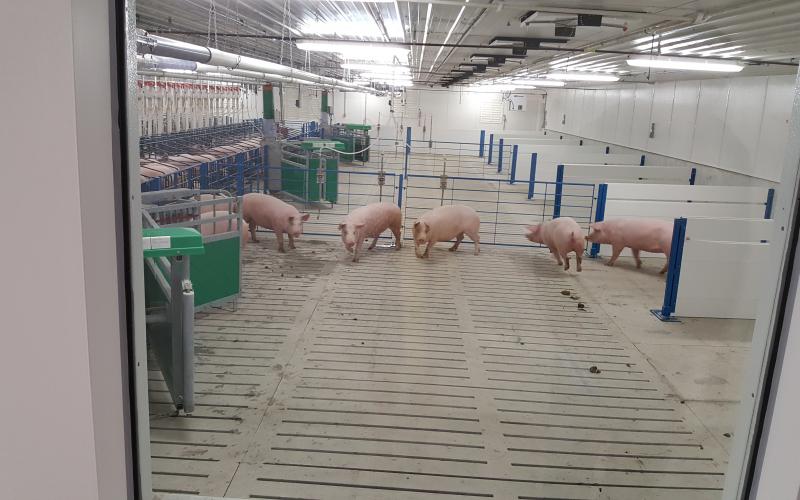
How Much Room Does a Pig Need?
Let’s take a moment to consider one of the animal observations from the Pork Quality Assurance Plus (PQA Plus) Site Assessment and its impacts. Recommendations exist in facility planning books about the square footage for an animal at each phase of production.
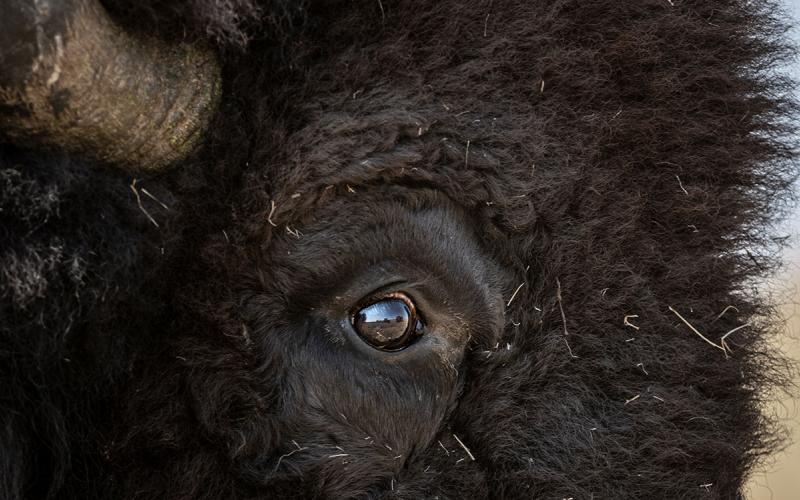
USDA FSA: Bison herds affected with Mycoplasma bovis now eligible for livestock assistance programs, carcass disposal assistance also available
The U.S. Department of Agriculture Farm Service Agency has announced that bison death losses resulting from Mycoplasma bovis are now eligible for the livestock indemnity program, retroactive for 2021.

Winter Ticks Showing Up on Horses
Ticks aren’t only active during the growing season in South Dakota. Winter ticks can be commonly found on horses and cattle. Learn some expert tips for identifying and managing them before they become a problem.
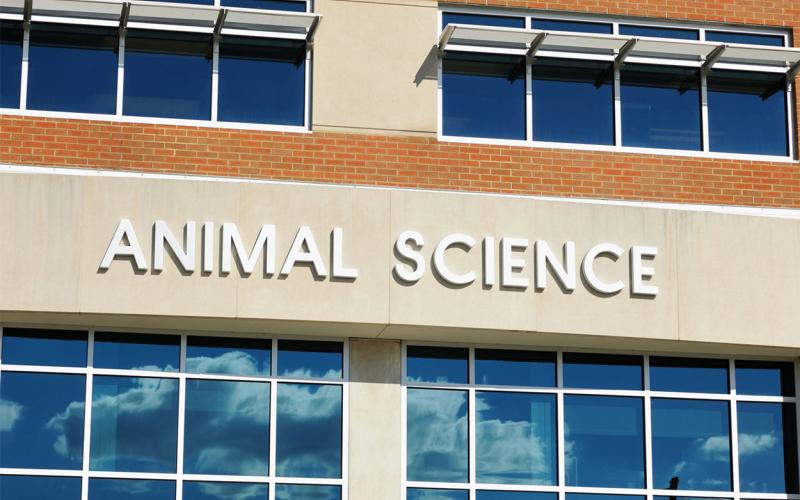
SDSU Animal Science research and SDSU Extension on display at regional meeting
March 02, 2023
South Dakota State University Extension highlights that the SDSU Department of Animal Science students and faculty will present their latest research and Extension projects at this year’s Midwest Section meeting of the American Society of Animal Science March 12-15 in Madison, Wisconsin.
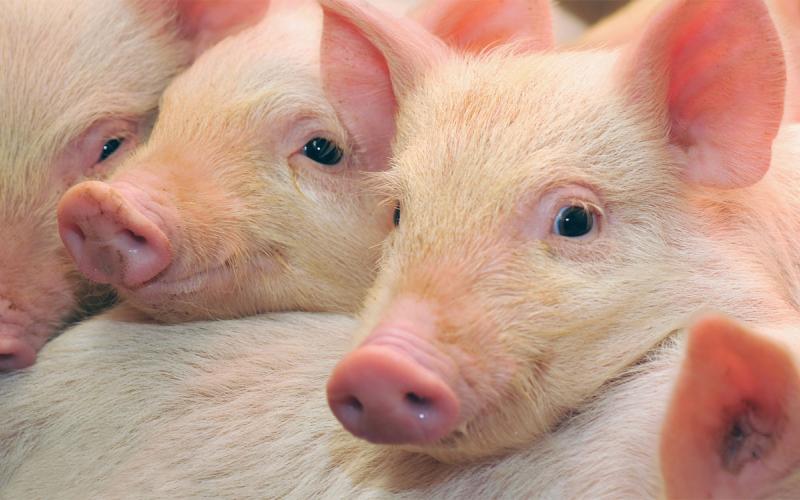
Love is in the air, but don’t kiss your pigs!
While Valentine’s Day is celebrated during the month of February, physical affection should be reserved for human companions and not your pigs! Learn some important safety considerations to help prevent zoonotic diseases when handling swine.
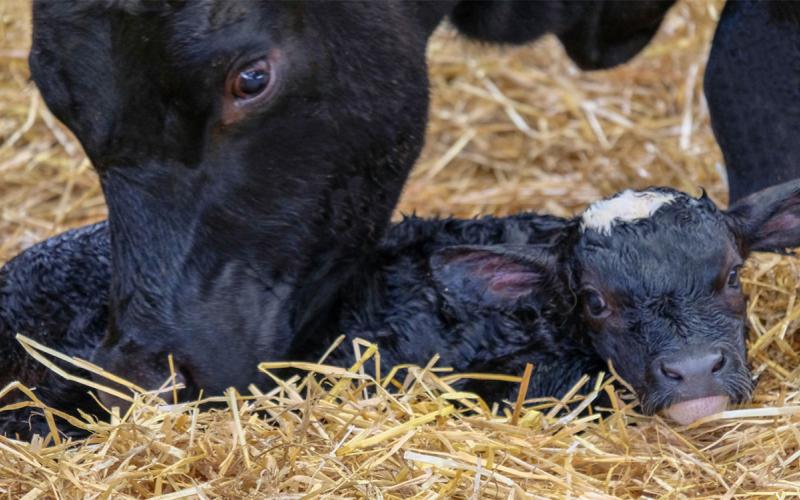
Calving in Dairy Cows: Step by Step
Calving is a critical time in the lifecycle of dairy cows and calves. Learn about the key stages of calving to help ensure healthy, high-performing cows and calves.

High Nitrates and Pregnant Cows
Drought poses many challenges to the beef cow herd. Nitrates in feed is one of the challenges that producers need to be aware of, especially in the reproductive herd.

Keep Watch of Young Cows During Calving
Frequent observation of first-calf heifers and good recordkeeping around calving will give producers insight into which heifers are going to breed back and others that might need some extra care.

Tightening up Calving Season
One of the most important indicators of success in a cow-calf herd is reproductive efficiency of that population. A major profit-determining factor is the percent of calf crop weaned.

Minimizing Synchronization Costs
With the rising costs of certain feed supplements, uncertainty in the markets, and fear of the unknown, using an estrus synchronization protocol may be the last thing on producers’ minds. However, there is still opportunity to incorporate estrus synchronization without breaking the bank.